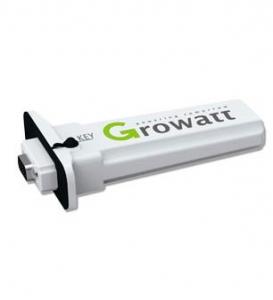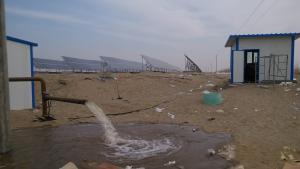Brazil Solar Inverter
Brazil Solar Inverter Related Searches
Solar Solar Inverter Inverter Solar Germany Solar Inverter Japanese Solar Inverter Solaris Solar Inverter Solar Inverter Mexico Solar Energy Inverter Inverter Solar Cell Aurora Solar Inverter Solar Electric Inverter Sunshine Solar Inverter Solar Battery Inverter Solar System Inverter Solar City Inverter Sun Solar Inverter Inverter Solar System Solar Inverter System Poland Solar Inverter Solar Converter Inverter Battery Solar Inverter Inverter Hybrid Solar Solar Smart Inverter Ja Solar Inverter Inverter Solar Hybrid Solar Africa Inverter Solar Plant Inverter Solar Power Inverter System Solar Hybrid Inverter Solar Light Inverter Solar Based InverterBrazil Solar Inverter Supplier & Manufacturer from China
Brazil Solar Inverter is a crucial component in solar energy systems, designed to convert the direct current (DC) produced by solar panels into alternating current (AC) that can be used by homes and businesses. These inverters play a pivotal role in ensuring the efficient operation of solar power systems, making them an essential product in the renewable energy market.The Brazil Solar Inverter finds its application in a variety of scenarios, from residential rooftop installations to large-scale commercial and industrial solar projects. They are used to maximize the energy output from solar panels and ensure that the electricity generated is compatible with the grid or can be used directly by appliances. This product is particularly important in regions with abundant sunlight, such as Brazil, where solar energy can be harnessed to reduce reliance on fossil fuels and promote sustainable energy practices.
Okorder.com is a reputable wholesale supplier of Brazil Solar Inverter, offering a vast inventory of high-quality inverters to cater to the needs of various customers. With a commitment to providing reliable and efficient products, Okorder.com ensures that the Brazil Solar Inverter meets the highest industry standards, making it a preferred choice for those looking to invest in solar energy solutions.
Hot Products

















































